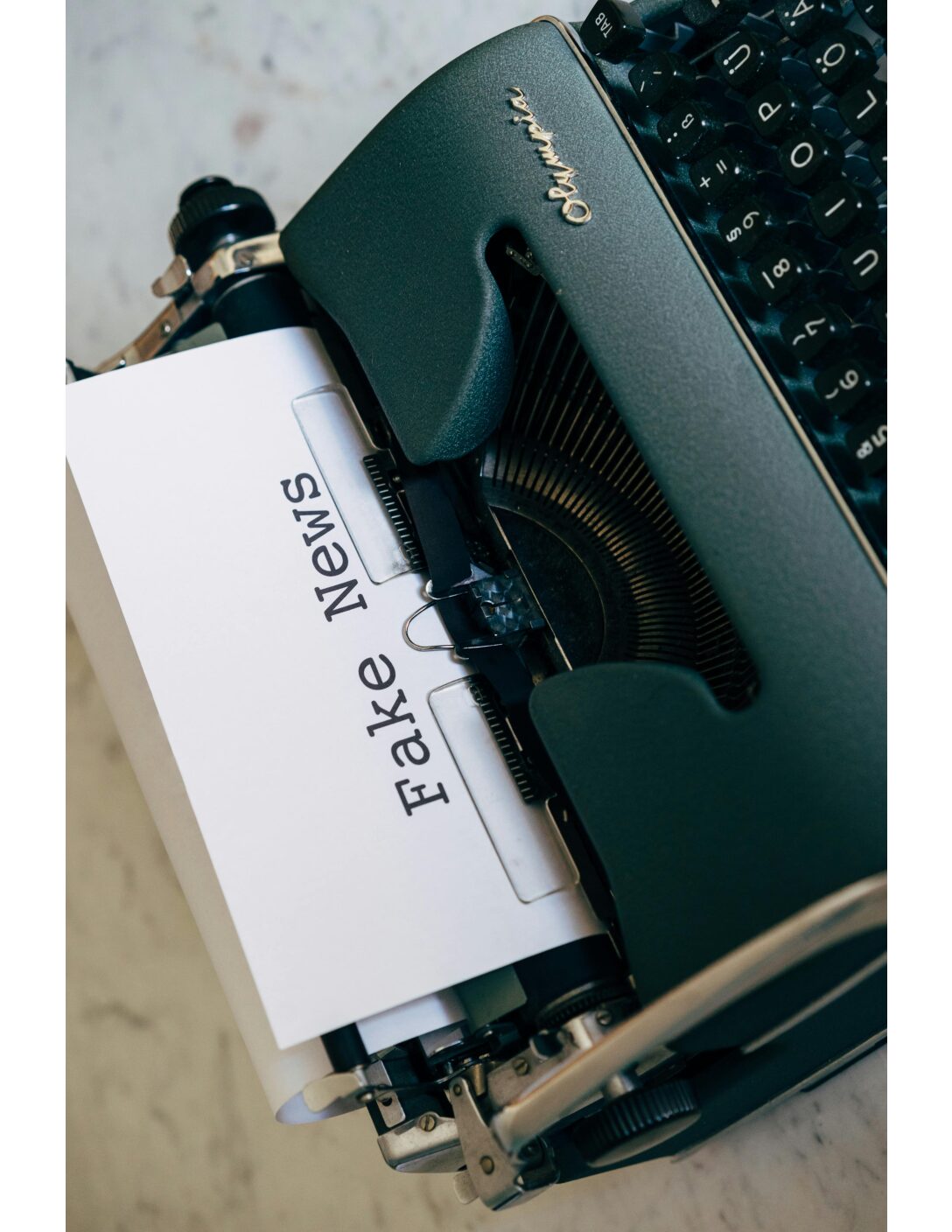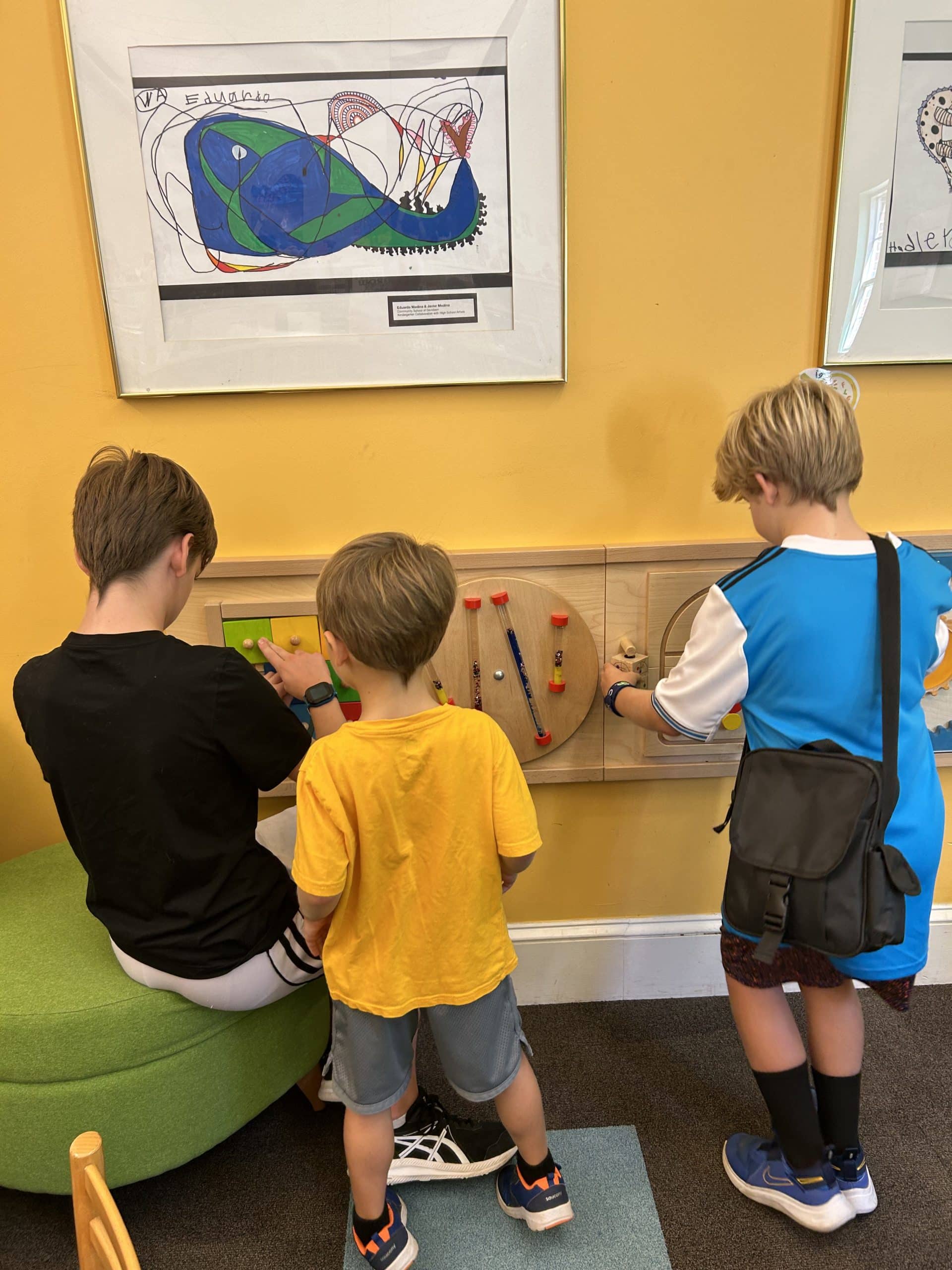Fake news is a common topic of discussion, underscoring the importance of educating students to recognize misinformation on social media. The Internet and various social media platforms disseminate information to students of all ages. Educators can integrate critical thinking into real-life scenarios in the classroom to help students develop the skills to identify fake news.
Teaching students the difference between misinformation, propaganda, satire, and conspiracy theories is complex. There is no universal method to differentiate between authenticity and fabrication. However, it’s important to note that misinformation, propaganda, satire, and conspiracy theories are distinct from fake news.
Fake News
Teaching identifying fake news to students is important because it involves attempts to confuse and mislead people. There are three types of fake news. First, there are completely untrue stories that make people believe false statements. The second type involves partially true, twisted information to deceive people purposely. The third type is an attempt to make someone else’s information appear false.
Building Critical Thinking Skills for Fake Stories
Students are prime targets for fake information. This is a challenge for teachers in teaching students how to distinguish between fact and fiction.
- Listen and demonstrate empathy towards students. Avoid dismissing them or immediately fact-checking. Instead, engage the student in a discussion about what was heard and why they believe it.
- See that the student understands the difference between credible and less credible information.
- Let students see that it is hard to trust sources.
- Do not talk to other students or in front of others about the misinformation.
- Students need to know that others are impacted by bad information.
- Have students find the source and reason for the information.
- Make sure the information is not duplicated elsewhere.
Students must learn to check sources and information for quality, bias, and background. To do this, students need to develop a critical mindset. Teachers help students build digital and media literacy skills when teaching about fake news. These skills are essential for students to navigate today’s information landscape and to make sense of the information they encounter through various media. Therefore, students need to be media savvy.
With the abundance of misinformation and fake news in discussions and on social media, teachers, students, and parents must receive lessons in media literacy. If something appears inaccurate, it is best not to share it until research has been conducted.
The same standards teachers and students apply to bullying should also be applied to fake news. The future depends on the ability to make informed decisions, which means analyzing the information available – not an easy task.



